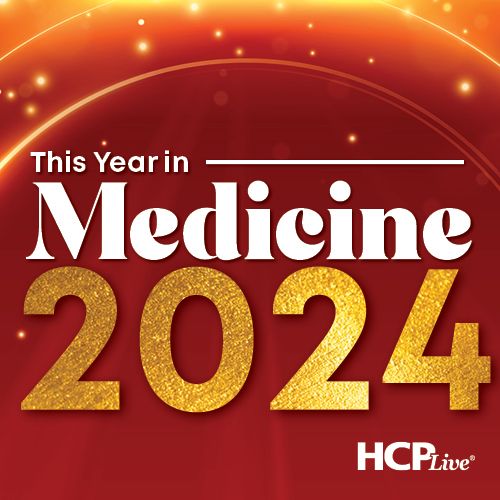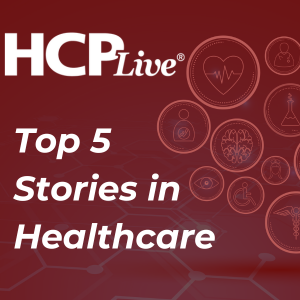Video
Current Strategies to Manage Bleeding Events
%jwplayer%
The MD Magazine Peer Exchange “Novel Anticoagulation Options: Target-Specific Oral Agents and Their Antidotes” features leading physician specialists discussing key topics in anticoagulation therapy, including the clinical characteristics of current and emerging agents and criteria for use in specific patient populations.
This Peer Exchange is moderated by Peter Salgo, MD, professor of medicine and anesthesiology at Columbia University and an associate director of surgical intensive care at the New York-Presbyterian Hospital in New York City.
The panelists are:
- Scott Kaatz, DO, MSc, Chief Quality Officer at Hurley Medical Center in Flint, Michigan, and clinical associate professor at Michigan State University
- Seth Bilazarian, MD, clinical and interventional cardiologist at Pentucket Medical and instructor of medicine at Harvard Medical School
- Gerald Naccarelli, MD, Bernard Trabin Chair in Cardiology, professor of medicine and chief of the Division of Cardiology at Penn State University School of Medicine, and associate clinical director at Penn State Heart and Vascular Institute in Hershey, Pennsylvania
- Christian T. Ruff, MD, associate physician in the cardiovascular medicine division at Brigham and Women’s Hospital, and assistant professor of medicine at Harvard Medical School in Boston
There are antidotes in the works for the novel oral anticoagulants, but, in the meantime, physicians need options that are already approved and available for use. Activated charcoal was mentioned previously. In addition, dialysis can work, but only for dabigatran, although Kaatz raised the point that inserting another hose in a vessel of an anticoagulated patient is less than ideal. Prothrombin complex concentrates can reverse the anticoagulation effect, and they are available in every hospital. “Once you’ve stopped the drug, you do hemostasis, blood transfusions. If you need to reverse it, PCCs would be number one,” said Ruff.
According to unpublished registry data, Naccarelli revealed that no one is actually using PCCs, even in cases where they are known to work well. Instead, people hold pressure and stop the drug, possibly using fresh frozen plasma.





